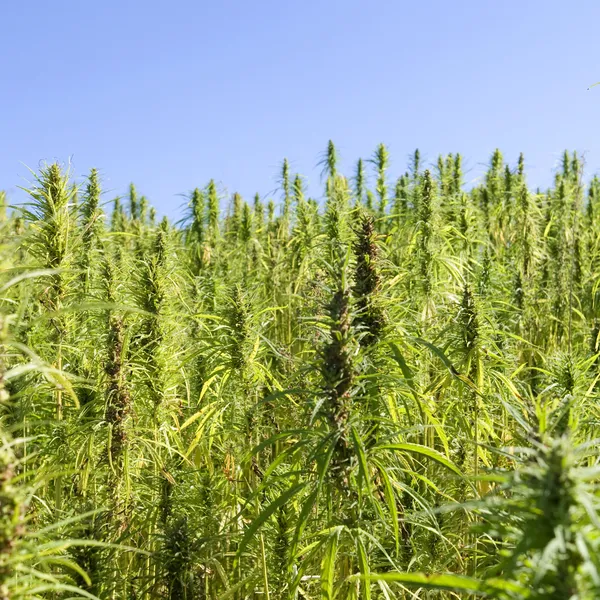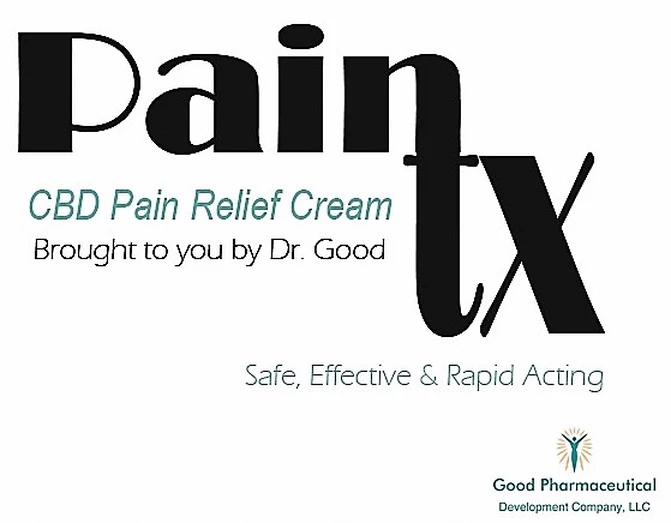PAIN MANAGEMENT & CONTROL
PAIN MANAGEMENT
Treating pain: Overview
Pain is part of life. But pain doesn’t have to rule your life. Advances in medicine and technology have created a wide range of options for treating pain.
Medications are the most common form of treatment for both acute and chronic pain. When used appropriately, a medication can help reduce pain, and most individuals experience only limited, if any, side effects from the use of pain medications. Many people also find relief using non-medication options, such as physical therapy, acupuncture and dietary supplements.
Your lifestyle also can help or hurt your effort to deal with pain. What you eat, how much sleep and exercise you get, and how you manage stress all contribute to pain control.
Just as experiencing pain is deeply personal, the most effective way to treat it also varies from one individual to the next. Often a combination of approaches will work best.
Getting help for pain
When you have a minor injury or you experience everyday aches and pains, you probably don’t go to your health care professional for treatment. You might try a variety of self-care measures at home, such as using ice or heat or taking an over-the-counter medication. But for more-serious types of pain or when you aren’t sure what’s causing your pain, that’s when you should consult the health care professionals at the DiGiovanna Family Health and Wellness Center. Our health care professionals have a variety of methods to help people in pain. Some of these modalities are:
Osteopathic Manipulation
Click Here To Learn More About Osteopathic Manipulation
What is CBD?
CBD is a phytocannabinoid that can be extracted from Cannabis plants. Our CBD is derived from the hemp plant and contains no Tetrahydrocannabinol (THC), which means it has no psychoactive effects.
Archeological records have revealed that cannabis has been used for its medicinal or psychoactive properties for over 2700 years.

CBD is produced in two ways:
1. Cannabidiol can be found naturally in both hemp and marijuana varieties of cannabis. The main functional difference between the two is the level of tetrahydrocannabinol (THC). The Marijuana plant is grown specifically to contain significant levels of THC, while hemp contains only trace amounts.
Naturally grown CBD found in hemp is legal in the United States (like all other hemp imports), while CBD from the marijuana strain is federally illegal in the United States. However, state-by-state legalization is occurring.
2. Cannabidiol can also be produced synthetically in a laboratory. However, synthetically produced cannabidiol
is a regulated substance, and possession of it is illegal outside of a few specialized circumstances.

CBD is non-toxic, non-psychoactive and has minimal side effects.

How the body processes CBD
Two CBD receptors exist: CB1 receptors populate the central nervous system and CB2 receptors populate the enteric (intestinal) nervous system, skin, subcutaneous tissues and joints.
When CBD attaches these receptors, a series of events occur in the cell that reduce inflammation and block nerve pain fibers from sending signals to the brain. Topical CBD acts locally (where it is applied) and is not absorbed into the bloodstream.
The usage of CBD for it’s neuroprotective, antiepileptic, anxiolytic, antipsychotic, and anti-inflammatory properties is increasingly being studied as an alternative to traditional western medication.
CBD is non-toxic, non-psychoactive and has minimal side effects.
CBD can relieve pain by reducing inflammation, relaxing muscles and blocking nerve pain signaling pain.
Make an appointment with one of the heath care providers of the DiGiovanna Family Health and Wellness Center to discuss how CBD can help alleviate your pain.

